Graphics Reference
In-Depth Information
maps we can always talk about ordinary linear maps instead. We shall see this in
action below but introduce some notation first.
Definition.
Let
V
be a vector space. Define the
r-fold tensor product
of
V
, denoted by
T
k
V
, by
0
T
T
VR
VV V
=
=
,
k
ƒ
ƒ◊◊◊ƒ
V
,
k
≥
1
.
12
4443
444
k
Let T
V
denote the direct sum of the vector spaces T
k
V
, k ≥ 0. The product operation
r
s
r
+
s
ƒ
:
TTT
VV
¥
Æ
V
(
)
ƃ
ab
,
a
b
makes T
V
into an algebra called the
tensor algebra
of
V
. (Theorem C.6.2(2) shows that
we may assume that the product ƒ is defined also when either r or s are 0.)
The tensor algebra is an example of what is called a
graded algebra
or
graded ring
,
that is, an algebra or ring A that is a direct sum of additive subgroups A
i
with the
property that the product of an element in A
i
and an element in A
j
lies in A
i+j
.
Although we shall only be interested in tensor algebras, one usually generalizes
the notation T
k
V
to allow for “mixed” tensors.
Let
V
be a vector space and
V
* its dual. Define vector spaces
V
r
by
Definition.
0
VR
=
r
VVV
=
ƒ
ƒ◊◊◊ƒ
VV V
ƒ
*
ƒ
*
ƒ◊◊◊ƒ
V
*,
rs
+
>
0
.
12
4443
444 1
444
2
444
3
r
s
An element of
V
r
, r + s > 0, is called a
tensor of type
(
r
,
s
) or simply a
tensor
and is said
to have
contravariant order r
and
covariant order s
. Elements of
V
0
are called
con-
travariant vectors
and elements of
V
0
are called
covariant vectors
.
Clearly, T
r
V
is the same as
V
0
and T
s
(
V
*) is the same as
V
0
.
Next, let
U
i
and
V
i
be vector spaces and let T
i
:
U
i
Æ
V
i
be linear transformations.
Since the map
TT
1
¥
:
UU VV
¥
ƃ
2
1
2
1
2
defined by
(
)(
)
=
()
ƒ
()
TT
¥
uu
,
T
u
T
u
1
2
1
2
1
1
2
2
is bilinear, there is unique linear transformation
TT
ƒ
:
UU VV
ƒ
ƃ
.
1
2
1
2
1
2

